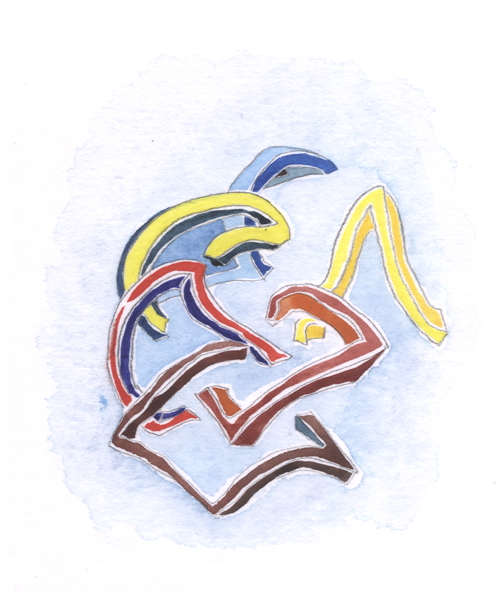
|
|
| 1.13.2012 |
Expanding the field. After finishing the exegesis, PKD processed his notes and a trilogy was published. These books have been described as three different interpretations of the same experience and because they seem very different I never quite understood why. Whatever arose from the events surrounding February 3, 1974, it was so layered and interconnected that it exceeded the scope of a single person's mind. Judging from the notes, three books were only the beginning of trying to convey the message.
The first book was called VALIS and dealt with the entity he described as the Vast Active Living Intelligence System. This entity, most closely representing God or at least the reality that encompasses us, was probably a good choice for where to start. The second book was The Divine Invasion which, I have already mentioned, is the only novel in which PKD published the term phylogon. I think the timing and use of this word in Divine Invasion makes more sense with the additional notes in TE. The phylogons, ontogons and VALIS are the characters that act out the safe transition to wholeness. What woke me up and got me started piecing this thread together was the idea that emerged in last night's posting. What I glimpsed was that the essence of the ontogon to phylogon transition, the action that PKD saw as the universe's hope of saving its creation, was the work of the Bodhisattva. And then I remembered that the climax of the third book, The Transmigration of Timothy Archer, centers around the Bodhisattva. This path, combining enlightenment and compassion, described in the book as happening to one man, one ontogon, is being used as a specific example for what PKD outlined as a macro scale transition to universal wholeness. I have to say that closely reading the notes on phylogons in The Exegesis has certainly given me a great new appreciation for the multi-threaded and subtly layered writing of Philip K. Dick. |
| Previous Drawing | Home | Next Drawing |